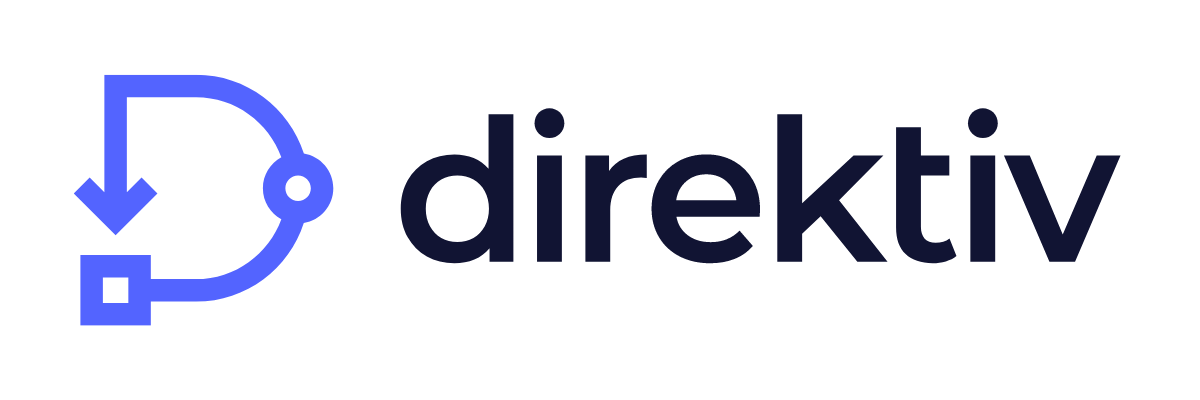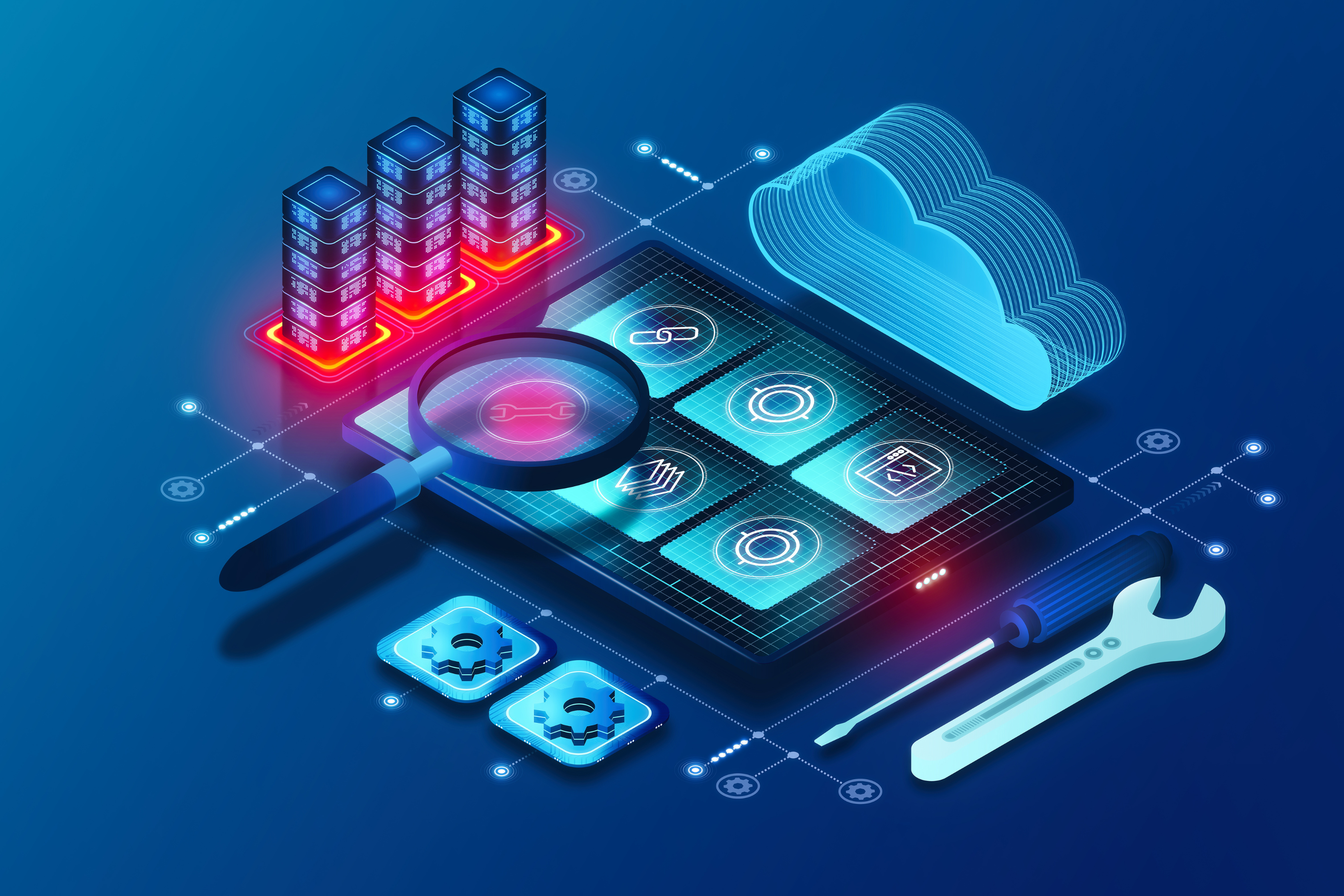How to Modernize Your Legacy Applications

Over many years, legacy applications have played a pivotal role in driving organizations forward. But a recent study showed 80% of respondents believed their legacy applications were now hindering them from reaching their digital transformation goals.
These legacy systems—honed over numerous years of development—have proven their worth and resilience. But as the persistent march of progress continues, the time has come to reconsider their place in our growing world of new technologies.
Legacy applications are now at risk of becoming relics of the past, slowing innovation and growth potential. Now more than ever, it’s crucial for organizations to consider a modernization strategy to embrace the transformative potential that lies in true digital transformation. 🤝
This blog will delve into the intricacies of modernizing your legacy applications, reveal key considerations, and lay out the steps necessary to future-proof your organization. Let’s get into it. ⬇️
What are Legacy Applications?
Legacy applications refer to old and outdated software systems developed in years past. They often serve as the base of an organization's processes for the long haul.
While these applications have shown their value and reliability over time, they now face the challenge of keeping pace with the technology of today. Usually built with outdated programming languages, frameworks, and infrastructure, legacy applications can present obstacles, like:
- Restricted compatibility
- Reduced flexibility
- Limited scalability
As well-established organizations that have been around for decades navigate new process demands, it becomes critical to explore strategies for restoring their outdated legacy applications. A sound approach will ensure they remain effective, efficient, and aligned with the growing needs of their organization and customer base.
(Source: Giphy)
Why You Should Modernize Your Legacy Applications
While staying efficient has always been a top priority, some applications designed a decade ago are struggling to keep pace with today’s technology environment.
While these applications have served organizations well in the past, clinging to outdated systems can hinder progress and overall competitiveness in the long run. Modernization presents an opportunity to unlock a host of benefits, like:
- Enhanced performance
- Improved security
- Cost savings
- Improved agility
- Rigid future-proofing
By upgrading legacy applications, your organization can get these benefits, while reducing maintenance costs and technical debt. If that’s not enough to convince you, think back to a data breach in 2017…
Does anything come to mind? Hundreds of millions of people's data were stolen right out from under a large corporation. The cause? An outdated legacy application that’s security measures were no match for today’s sophisticated threat actors. 😫
The company later invested over a billion dollars to clean up the fallout. By investing in change now, you can avoid security challenges like this one. Plus, modernized applications align with the changing needs of customers and enable seamless integration with emerging technologies like cloud computing, artificial intelligence, and mobile platforms.
Embracing the modernization journey will empower your organization to stay agile, foster innovation, and remain secure—minus the potential breakdowns.
How to Modernize Your Legacy Applications
Change is never easy. But understanding your potential upside (and major downside) can shift your entire outlook. When you take all the benefits into consideration, you’ll be much more likely to put your best foot forward. 👍
Having a process to follow can make all the difference. Here are 7 steps to modernize your legacy applications:
- Perform a comprehensive assessment: Conduct a thorough evaluation of your existing applications to identify the potential key areas for improvement. Start by identifying the worst pain point in your process, then branch out from there.
- Define clear objectives and strategy: Set specific goals for modernization and create a tailored strategy that aligns with your organization's needs. This will get everyone on the same page before you begin to implement the plan.
- Consider modernization techniques: Explore options such as code refactoring, cloud migration, microservices architecture, and containerization to update your legacy applications. Consider platforms—like Direktiv—to help you meet your specific goals.
- Embrace modern development practices: Adopt agile methods and DevOps principles to streamline your modernization process. Promoting this type of collaboration between various teams will ensure everyone is aligned on the end goal.
- Engage stakeholders: Involve developers, IT teams, and end-users throughout your modernization journey to gather insights. You can then use them to address concerns and ensure a much smoother transition.
- Allocate resources for testing and quality assurance: Set aside sufficient time and resources for testing, quality assurance, and debugging. DO NOT skimp here. This will guarantee the stability and reliability of your newly modernized applications.
- Provide training and support: Offer training programs and resources to help your team adapt to the changes. It will take some time for everyone (especially the seasoned vets) to get adjusted to the updates. This will allow all your team members to make the most of your modernized applications.
Breathing new life into your legacy applications won’t be easy, and it will come with its fair share of challenges. But it will be worth it knowing your organization is ready for whatever the future holds, without worrying about a potential data breach disaster. By following these guidelines, you’ll be on a clear path to successful digital transformation.
Digital Transformation with Direktiv
With Direktiv’s serverless event-driven orchestration platform, you’ll be able to combine your newly modernized legacy applications and containers to create orchestrated workflows. 😁
Leveraging the power of serverless processing—combined with event-driven automation—you can easily scale your processes for a true digital transformation experience. Plus, Direktiv workflows are:
- Near real-time
- Easily scalable
- Asynchronous
➡️ For a complete FAQ of what Direktiv is (and isn’t), check out this article to learn more.
Final Thoughts
Modernizing your legacy applications is not just a necessity—it’s an opportunity to unlock incredible benefits for your organization. By using Direktiv and embracing modernization, your organization can stay competitive, foster innovation, and future-proof your applications.
Start your journey today by trying Direktiv for free, or contacting us to learn more about how we can empower your organization for modernization success.

.png)

